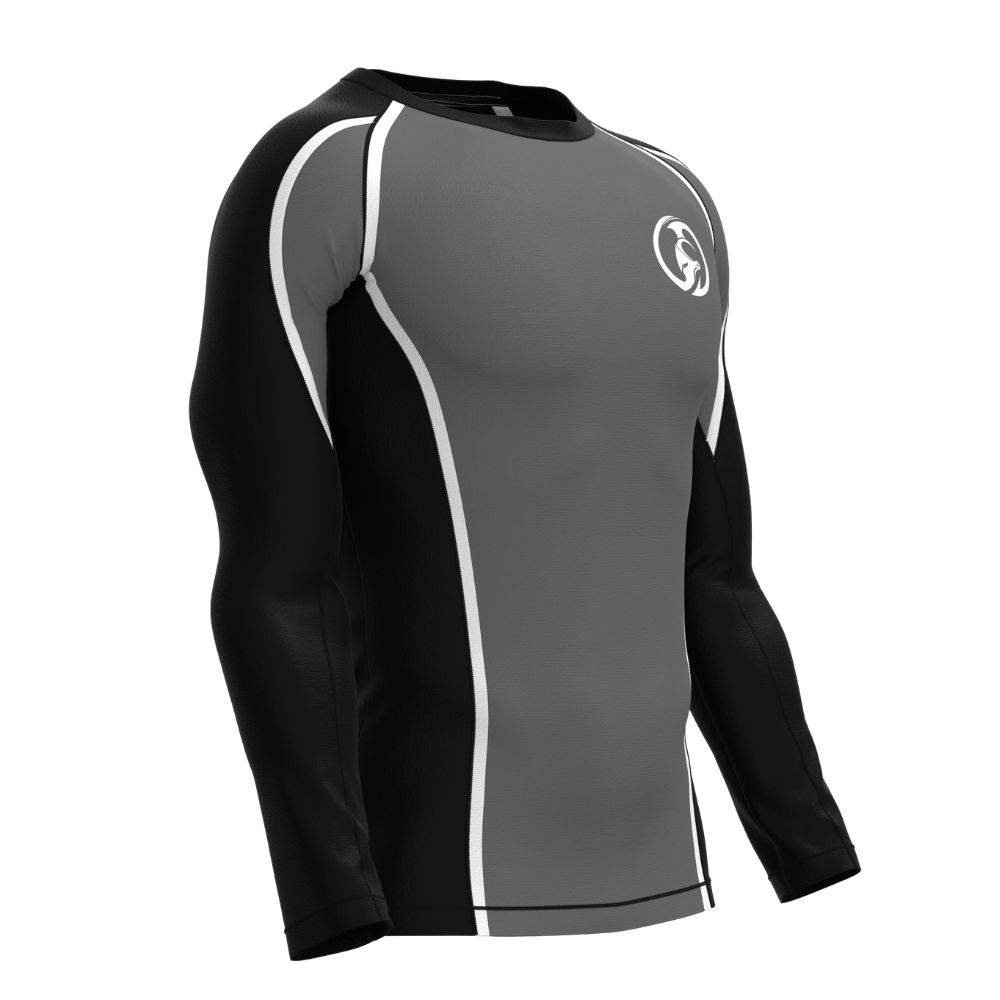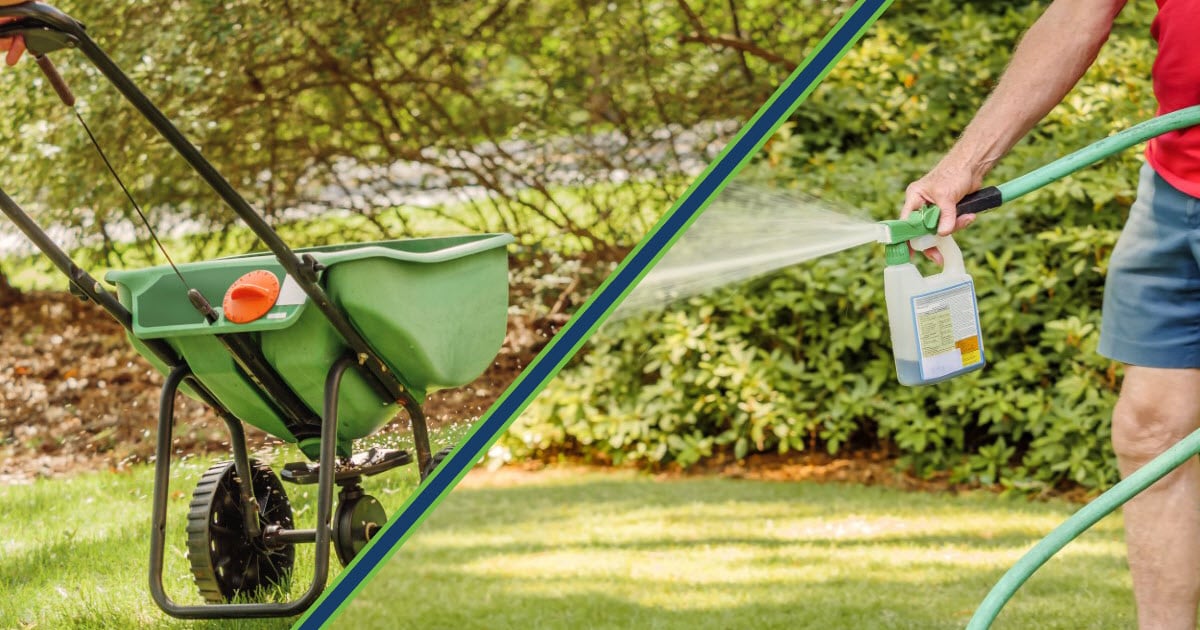Introduction
In the world of water sports and beach activities, having the right gear can make a world of difference. One essential piece of equipment is a Rash Guard. Not only does it protect your skin from the sun’s harmful rays and irritation, but it also adds a layer of insulation to keep you warm in colder waters. To help you make an informed choice, we’ve compiled the ultimate guide to choosing the perfect rash guard.
What is a Rash Guard?
A rash guard is a form-fitting athletic shirt designed to protect the skin from abrasions, sunburn, and other skin irritations commonly encountered during water sports and outdoor activities.
Factors to Consider When Choosing a Rash Guard
1. Material Matters
The type of material your rash guard is made from can significantly impact your experience. Common materials include Lycra, Nylon, and Polyester. Each has its advantages, such as stretchiness, quick-drying, and durability.
2. Sun Protection (UPF Rating)
Rash guards should offer protection against harmful UV rays. Look for one with a UPF (Ultraviolet Protection Factor) rating to ensure your skin stays safe from the sun.
3. Fit and Size
Getting the right fit is crucial for comfort and functionality. Rash guards come in various styles, including loose-fit, tight-fit, and compression fit. Make sure to select a size that matches your body type and the activity you’re engaged in.
4. Thickness
The thickness of a rash guard is essential, especially in cold waters. Thicker options provide better insulation, while thinner ones are ideal for warm-weather activities.
5. Design and Style
Choose a rash guard that not only offers functionality but also matches your personal style. You can find various designs, colors, and patterns to suit your preferences.
6. Seams and Stitching
Pay attention to the quality of seams and stitching. Flatlock seams reduce chafing, while reinforced stitching ensures longevity.
When to Wear a Rash Guard
7. Surfing
Surfers use rash guards to prevent chafing from the waxed surfboard, protect against sunburn, and provide an extra layer of insulation in colder waters.
8. Swimming
Rash guards are perfect for swimming, as they offer sun protection and enhance hydrodynamics.
9. Snorkeling and Diving
For snorkeling and diving, a rash guard can protect against coral cuts and jellyfish stings, making it a vital piece of safety equipment.
10. Water Aerobics
Rash guards are also popular for water aerobics, as they help maintain body temperature and offer sun protection.
How to Care for Your Rash Guard
11. Rinse After Use
After each use, rinse your rash guard with fresh water to remove salt, sand, and chlorine.
12. Hand Wash or Machine Wash
Check the care instructions on the label and either hand wash or use a gentle machine cycle with cold water.
13. Avoid Sunscreen
Avoid applying sunscreen under your rash guard, as it can cause the fabric to deteriorate.
14. Drying
Always let your rash guard air dry. Avoid hanging it in direct sunlight to maintain its UV protection.
15. Storage
Store your rash guard in a cool, dry place, and avoid folding it for extended periods to prevent creasing.
Conclusion
Choosing the perfect Rash Guard is a vital decision for anyone participating in water sports and outdoor activities. Consider the material, sun protection, fit, thickness, design, seams, and the specific activity you’re engaging in. Caring for your rash guard properly will ensure it serves you well for a long time.
FAQs
1. Can I wear a rash guard for sunbathing on the beach?
Rash guards are an excellent choice for sunbathing as they provide UPF protection and prevent sunburn.
2. Are rash guards only for surfers?
No, rash guards are versatile and can be used for various water sports and outdoor activities.
3. What is the difference between a rash guard and a wetsuit?
A rash guard is a lightweight, skin-tight shirt for sun protection, while a wetsuit provides insulation and is thicker.
4. Can I wear a rash guard for scuba diving?
While rash guards offer some protection, a full wetsuit is recommended for scuba diving to provide better insulation.
5. Do rash guards stretch over time?
The degree of stretching depends on the material. Lycra tends to stretch less than Nylon or Polyester, but it’s minimal if cared for properly.





